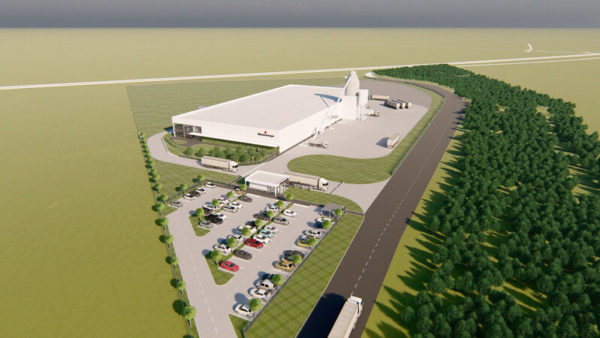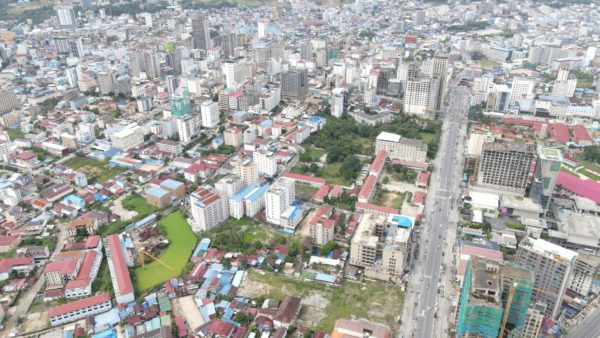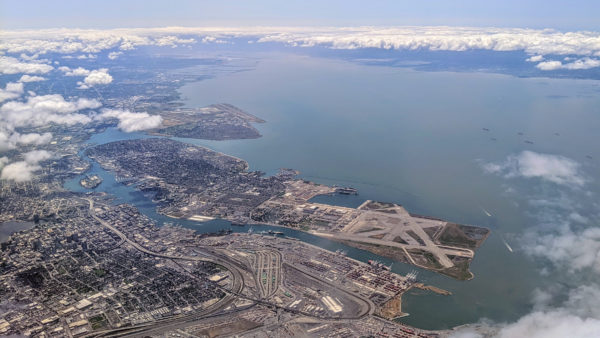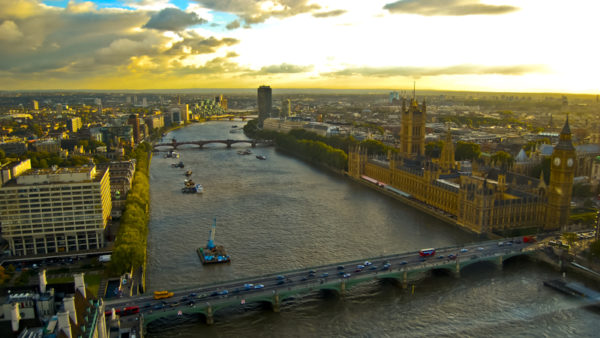American researchers used satellite photography to calculate how the world’s forest cover has changed over the past 16 years, and have delivered good news and bad news.
The good news is that growth over the past 35 years has more than offset losses.
The bad news is that the world’s stock of tropical hardwood is still being depleted, as most of the reforestation is taking place in temperate areas.
Another report, published earlier this summer by the World Resources Institute, found that an area of rainforest the size of Bangladesh was lost in 2017.
The new trees are partly the result of human planting in China, India and the Sahel region of Sub-Saharan Africa, the abandonment of agriculture in the US and Russia, and partly the result of global warming making areas such as previously treeless areas such as tundra and mountains tenable for coniferous vegetation.
These kinds of forest do not have the same biodiversity or carbon sequestering properties as tropical growth.
Overall, the team from the University of Maryland, the State University of New York and NASA’s Goddard Space Flight Centre estimate that 60% of the changes are due to human activity, and 40% the result of movement in global climate bands.
Their paper, published in the scientific journal Nature, looks at changes in global land use between 1982 and 2016. It shows that despite the popular perception that the world is becoming increasingly deforested, tree cover has grown by 2.2 million square kilometres, an increase of almost 8%.
The research was conducted by taking high resolution images from 16 weather satellites – a technique that the University of Maryland has been pioneering since the early 1990s. Computer algorithms have been developed that can recognise trees based on the wavelength of light they reflect.
One of the authors of the report, Xiao-Peng Song, a postdoctoral researcher at the University of Maryland, used daily images from the satellites’ Advanced Very High Resolution Radiometer to examine the entire surface of the Earth. Â
Image: An area of Bolivia that was once covered by trees but has now been cleared for resettlement and agriculture (ESA)
Further reading










